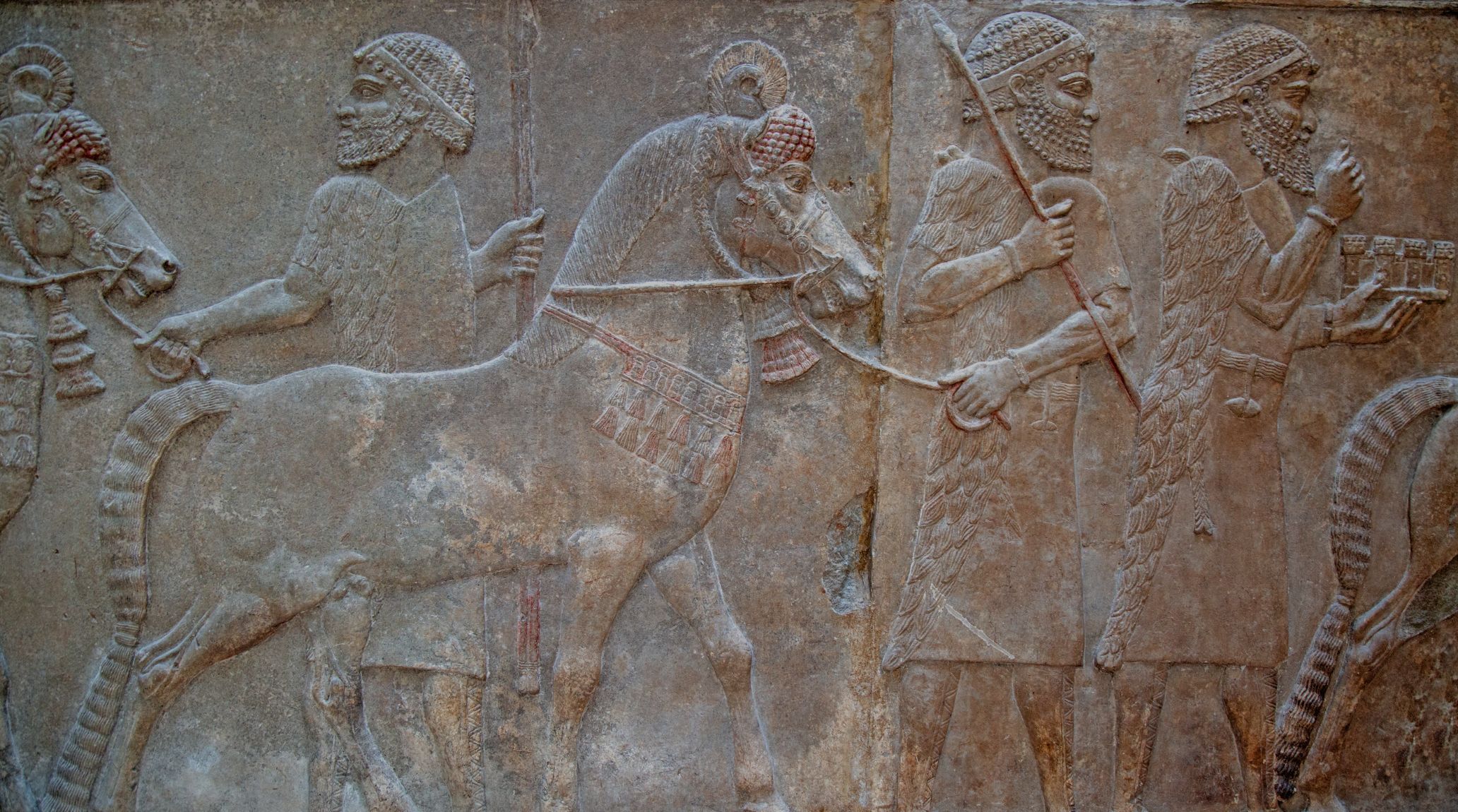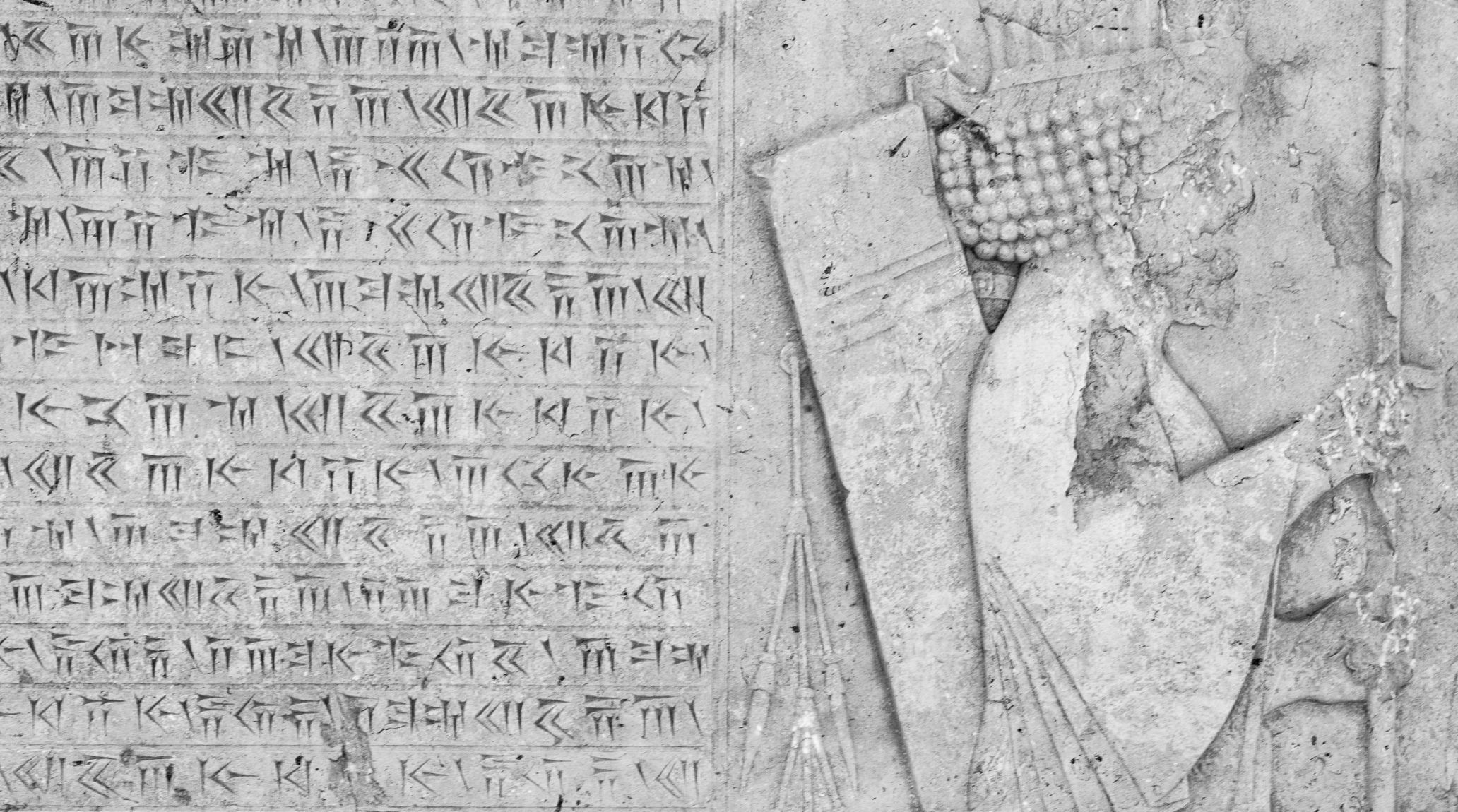
“
Cuneiform writing, developed in ancient Mesopotamia, is one of the earliest forms of written communication. This script made up of wedge-shaped marks on clay tablets, revolutionized record-keeping and storytelling in Sumer, Akkad, and later civilizations. In this blog, we’ll reveal 20 Fascinating Facts About Cuneiform Writing, exploring its origins, development, and influence on later writing systems. Delve into the intriguing history of cuneiform, a remarkable achievement in human civilization.1
1
”
Cuneiform, the world’s oldest writing system, emerged around 3,200 BCE in ancient Mesopotamia. Initially developed by the Sumerians for transactions, it later evolved to record laws, literature, and history.1
The word "cuneiform" comes from the Latin word "cuneus," meaning wedge. This refers to the wedge-shaped impressions made by pressing a stylus into soft clay tablets, which formed the basis of this ancient script.2
Early cuneiform writing used pictographs, but over time it became more abstract. By the time it reached its peak, cuneiform had over 1,000 distinct characters representing syllables, sounds, and ideas.3
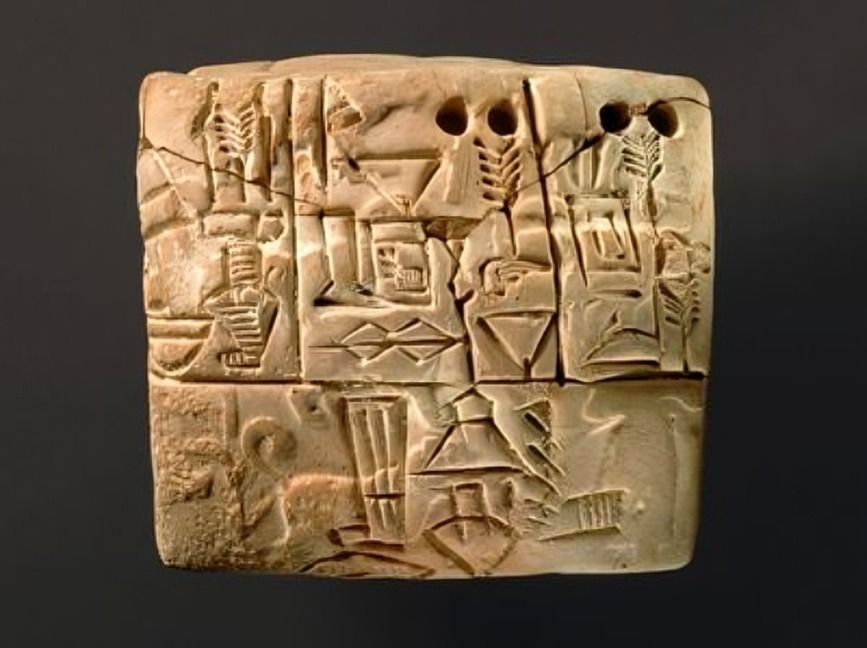
Cuneiform was primarily written on clay tablets, which were then dried or baked to preserve the text. These durable tablets have been unearthed by archaeologists and provide a wealth of information about ancient societies.
Cuneiform evolved from simple pictographs, where each symbol represented an object or idea, to a more advanced system with phonetic elements, where symbols represented sounds, making the language more flexible and adaptable.4
Although it originated with the Sumerians, cuneiform was adopted by other civilizations like the Akkadians, Babylonians, Assyrians, and Hittites. It became the common script of the ancient Near East for over 3,000 years.5
Cuneiform was not only used on clay tablets but also inscribed on monuments, stone steles, and royal inscriptions. These public displays often commemorated military victories, laws, and divine blessings for rulers.6
There are two major forms of cuneiform: the early Sumerian pictographic form and the later syllabic and logographic Akkadian cuneiform. The transition allowed for more detailed expression and communication across various languages.7
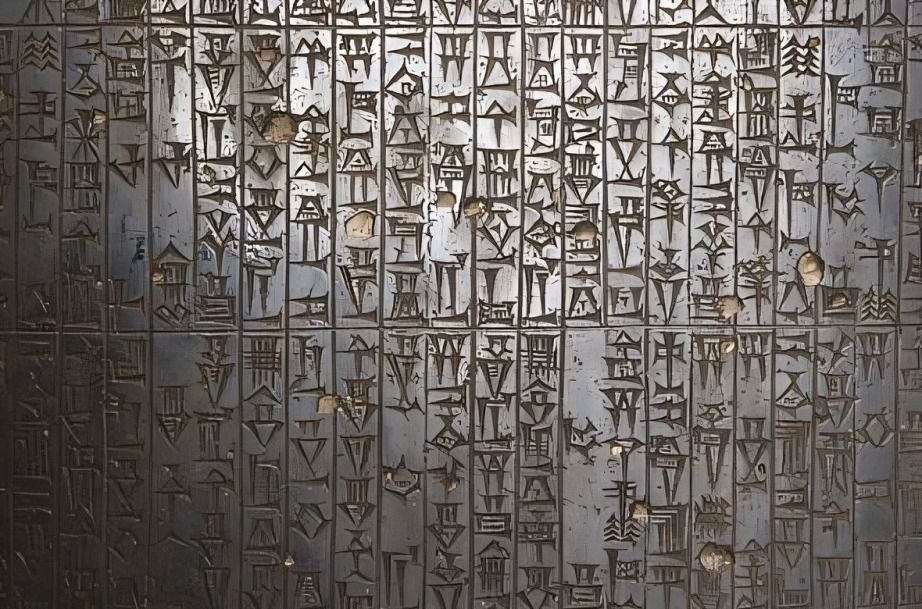
One of the most famous cuneiform inscriptions is the Code of Hammurabi, a Babylonian law code from around 1754 BCE. It is one of the earliest examples of written laws, detailing justice and punishments for various crimes.
While many clay tablets were air-dried, important records were often baked in kilns to make them more durable. This process helped preserve the records for thousands of years, allowing modern scholars to study them today.8
Cuneiform writing was lost after the fall of the Assyrian Empire in 612 BCE and remained undeciphered for over two millennia. In the 19th century, scholars successfully deciphered cuneiform, unlocking vast amounts of historical knowledge.9
Cuneiform was used to write religious texts, including hymns, prayers, and incantations. Temples kept extensive records, and cuneiform tablets served as guides for rituals, festivals, and religious ceremonies.10
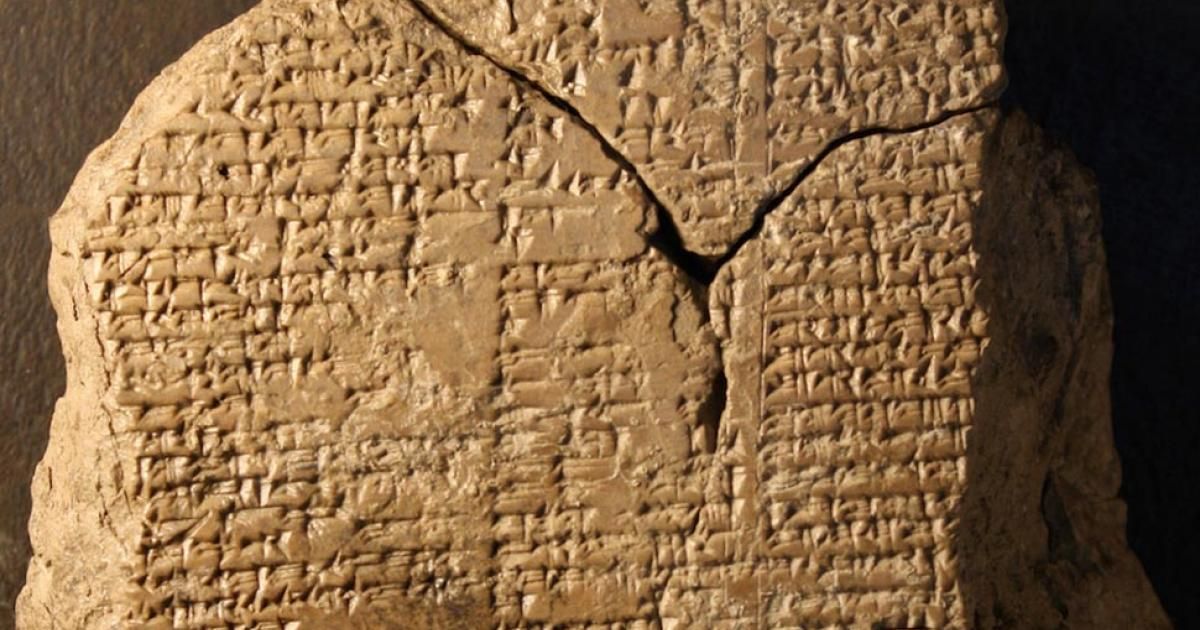
One of the most famous pieces of literature written in cuneiform is the Epic of Gilgamesh, an ancient Mesopotamian poem dating back to 2100 BCE. It is considered one of the oldest surviving works of literature in human history.
The Babylonians used cuneiform to record astronomical observations and mathematical calculations. These records contributed to the development of early algebra, geometry, and even the concept of a 360-degree circle.11
Learning cuneiform was difficult and reserved for scribes, who underwent years of training. Scribes played an important role in society, documenting everything from trade transactions to royal decrees and historical events.12
Ancient Mesopotamians had libraries filled with cuneiform tablets. The Library of Ashurbanipal in Nineveh, discovered in the 19th century, contained thousands of tablets, preserving the knowledge and literature of the time.13
Cuneiform was also used to write medical texts, including treatments for illnesses and surgical procedures. These early medical records reveal the extensive knowledge of Mesopotamian physicians regarding herbs, anatomy, and disease.14
Cuneiform remained in use for more than three millennia, making it one of the longest-lasting writing systems in history. Its influence on later writing systems, like the alphabet, is still evident today.15
Despite major progress in deciphering cuneiform, thousands of tablets remain untranslated, waiting to reveal more about ancient civilizations. Each new translation provides valuable information about Mesopotamian society, politics, and daily life.16
Today, scholars continue to study cuneiform using advanced technologies like 3D scanning to preserve and analyze tablets. This ongoing research expands our understanding of ancient history and the origins of written communication.17
